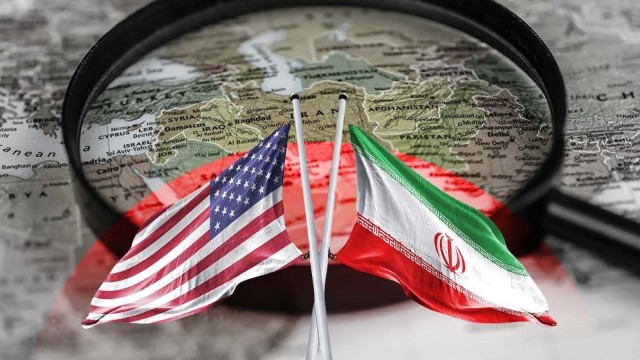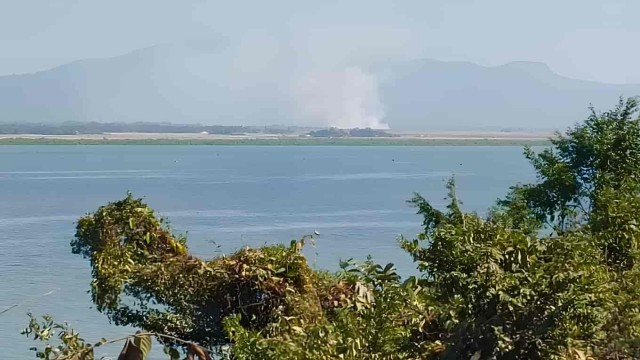The resurgence of Somali pirates in the Red Sea and Indian Ocean has raised alarms among maritime authorities, with a string of recent hijackings highlighting the growing threat posed by maritime piracy in the region.
Amidst the ongoing efforts to suppress Houthi rebels in the Red Sea, Somali pirates have capitalized on the reduced naval presence to resume their nefarious activities. Over the past three months, reports indicate that as many as 15 ships have been hijacked and held hostage off the Somali coast, including the Bangladeshi vessel MV Abdullah, which was attacked while en route from Mozambique to Dubai with 23 crew members onboard.
This resurgence of piracy marks a troubling trend, reminiscent of the peak of Somali piracy in the early 2010s. During that time, Somali pirates hijacked numerous vessels and demanded hefty ransoms for their release. The economic toll of maritime piracy was significant, with estimates suggesting losses ranging from 7 to 12 billion dollars annually, according to reports by Ocean Beyond Piracy.
The roots of Somali piracy trace back to the fragile political and economic landscape of Somalia itself. Following the collapse of the military government in 1991, the country descended into decades of instability and conflict, leaving its shores vulnerable to exploitation by criminal elements. With no functional navy or coast guard to patrol its waters, Somalia became a hotspot for piracy, as disenfranchised fishermen turned to piracy as a means of survival.
Efforts to combat piracy in the region led to a decline in incidents between 2010 and 2012, as international naval forces increased their presence in key shipping lanes near the Somali coast. However, the recent resurgence of pirate activity underscores the persistent challenges posed by maritime piracy and the need for continued vigilance.
Somali pirates employ stealth and cunning tactics to carry out their attacks, often striking under the cover of darkness to evade detection. Utilizing small motorized boats, they approach larger vessels with speed and precision, making it difficult for maritime authorities to intercept them in time.
The resurgence of Somali piracy serves as a stark reminder of the ongoing security risks in international waters and the need for coordinated efforts to combat maritime crime. As maritime authorities work to address this renewed threat, the safety and security of global shipping lanes remain paramount in safeguarding international maritime trade and ensuring the well-being of seafarers worldwide.































Comment: